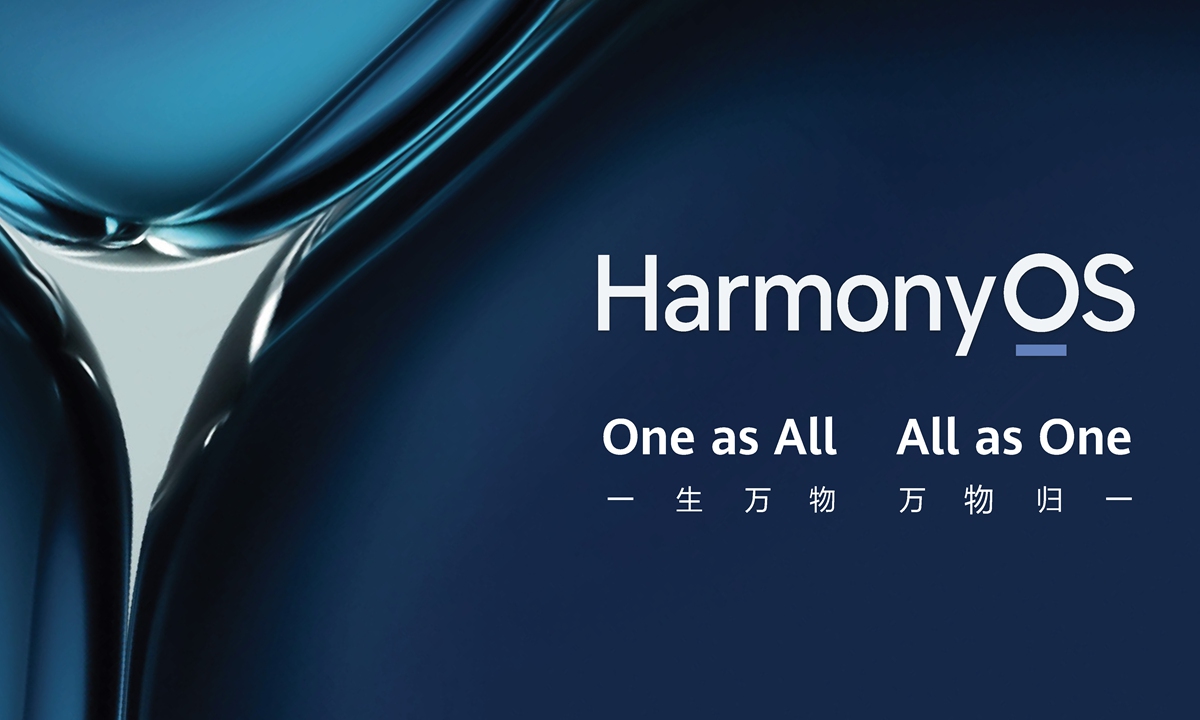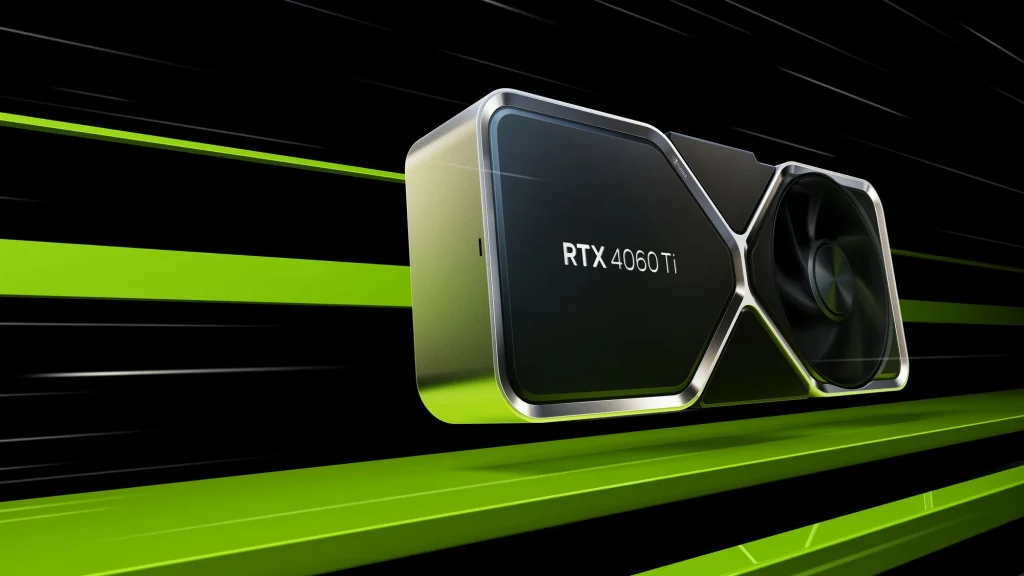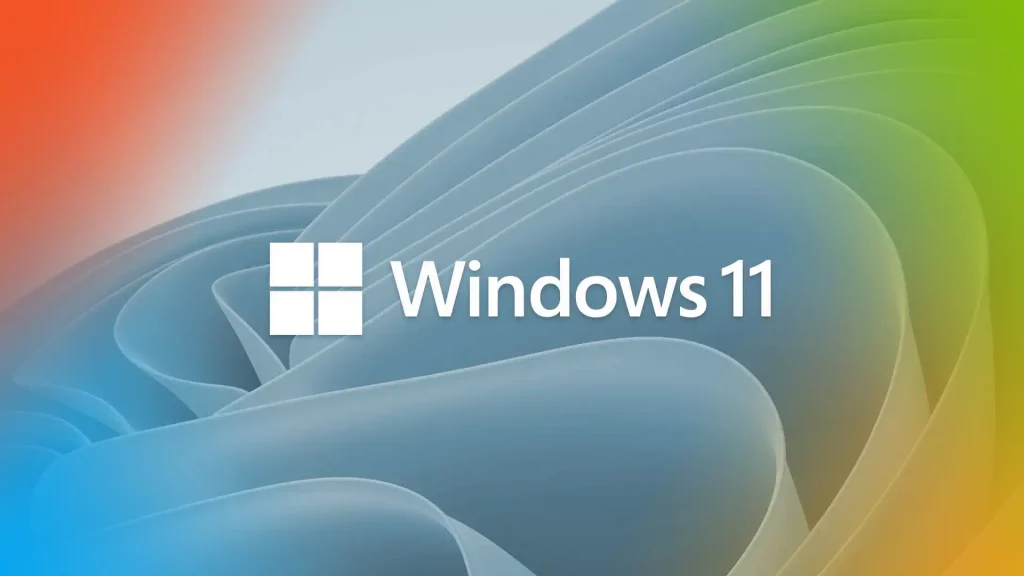Introduction
In the evolving landscape of mobile and IoT device operating systems, HarmonyOS stands out as a significant development. Introduced by Huawei, a leading global technology company, HarmonyOS (known as Hongmeng OS in China) is designed to create a cohesive, cross-platform user experience. This article delves into the features, architecture, and strategic implications of HarmonyOS.
The Genesis of HarmonyOS
HarmonyOS was officially unveiled by Huawei in August 2019, amid growing tensions and trade restrictions between the United States and China. The development of HarmonyOS can be seen as part of Huawei’s strategic pivot to reduce its dependency on American technology, most notably the Android operating system owned by Google. Following the US government’s restrictions, which barred Huawei from using American technology including Google’s Android services, Huawei accelerated the development of its own operating system.
Core Features of HarmonyOS
HarmonyOS is built with a lightweight microkernel that allows it to stretch over a range of devices effortlessly. This microkernel design ensures a higher level of security and allows for real-time resource allocation and minimal latency, providing an optimal performance that is crucial for devices requiring real-time data processing, like smartwatches and in-vehicle systems.
- Cross-Platform Capabilities: One of the most touted features of HarmonyOS is its ability to work across a broad spectrum of devices including smartphones, tablets, wearables, laptops, and even smart home devices. This interoperability promises a seamless user experience across devices.
- Deterministic Latency Engine: HarmonyOS introduces a deterministic latency engine that allocates system resources using real-time analysis and forecasting. This is particularly important for systems where timing is critical, such as autonomous driving systems or interactive media.
- Integrated Development Environment: Huawei offers a comprehensive IDE to support the development of applications on HarmonyOS, allowing developers to code once and deploy across multiple device types, enhancing developer efficiency and promoting ecosystem growth.
Architecture of HarmonyOS
The architecture of HarmonyOS is distinctively modular. The system is divided into three layers:
- Core System: At the base is the microkernel, which is significantly smaller than a traditional monolithic kernel used in many other operating systems. This microkernel handles the most fundamental operations like CPU scheduling and inter-process communication.
- Basic Services: Above the core system, basic services such as security and device management are implemented. These services are modular, meaning they can be tailored to the needs of specific devices.
- Framework: At the top is the framework layer that provides API that developers can use to create apps. This is broken down into subsystems for different device forms – each optimized for specific device functions.
Strategic Implications
For Huawei and the broader tech ecosystem, HarmonyOS represents a strategic shift towards greater self-sufficiency. By developing its own OS, Huawei not only reduces its exposure to geopolitical risks but also positions itself as a competitor in a market dominated by Android and iOS. Furthermore, HarmonyOS is a cornerstone of Huawei’s strategy for the Internet of Things (IoT), aiming to secure a strong foothold in a market poised for exponential growth.
Adoption and Market Reception
Since its launch, HarmonyOS has seen adoption in various Huawei devices, including smartphones, tablets, and IoT devices. In June 2021, Huawei announced that over 10 million devices were operating on HarmonyOS, a significant milestone for the new system. However, its adoption outside China has been cautious, partly due to the lack of Google services on Huawei devices and the general dominance of Android and iOS globally.
Future Prospects and Challenges
Looking forward, HarmonyOS faces both opportunities and challenges. The increasing number of smart devices and Huawei’s strong market presence in China present clear opportunities for growth. However, international acceptance remains a significant challenge, notably due to geopolitical tensions and competition from well-established operating systems. Additionally, fostering a vibrant developer ecosystem will be crucial for the OS’s long-term success.
Conclusion
With its unique features and strategic importance, HarmonyOS is set to play a significant role in Huawei’s future and potentially the global tech landscape. As the internet of things continues to expand, operating systems like HarmonyOS that transcend traditional boundaries between devices will become increasingly valuable. For Huawei, the successful global rollout of HarmonyOS could help redefine its position in the global technology market, moving from being a hardware manufacturer to an influential player in software innovation as well.







